The change of seasons brings a beautiful transformation in nature, but for your furry friends, it also poses various health challenges. As responsible pet parents, understanding and anticipating these seasonal health issues can help keep our dogs happy and healthy year-round. This article outlines common health problems dogs face due to changing seasons, providing insights and tips to manage them effectively.
Allergies in Spring

Springtime, with its blossoming flowers and blooming foliage, is a notorious period for allergies—both for humans and dogs. Pollen, grasses, and molds are the primary culprits that can trigger allergic reactions in dogs. Signs to look out for include excessive scratching, licking, ear infections, and watery eyes. To help alleviate these symptoms, consider frequent grooming and consult your vet about allergy medications.
Fleas and Ticks in Summer

With warmer temperatures, summer becomes a prime time for fleas and ticks. These parasites are more than just a nuisance; they can transmit serious diseases such as Lyme disease and tapeworms. Preventative measures, such as regular use of vet-approved flea and tick preventatives, can protect your dog from infestations. Regular checks and grooming can also aid in early detection and prevention.
Heatstroke Risk in Hot Weather
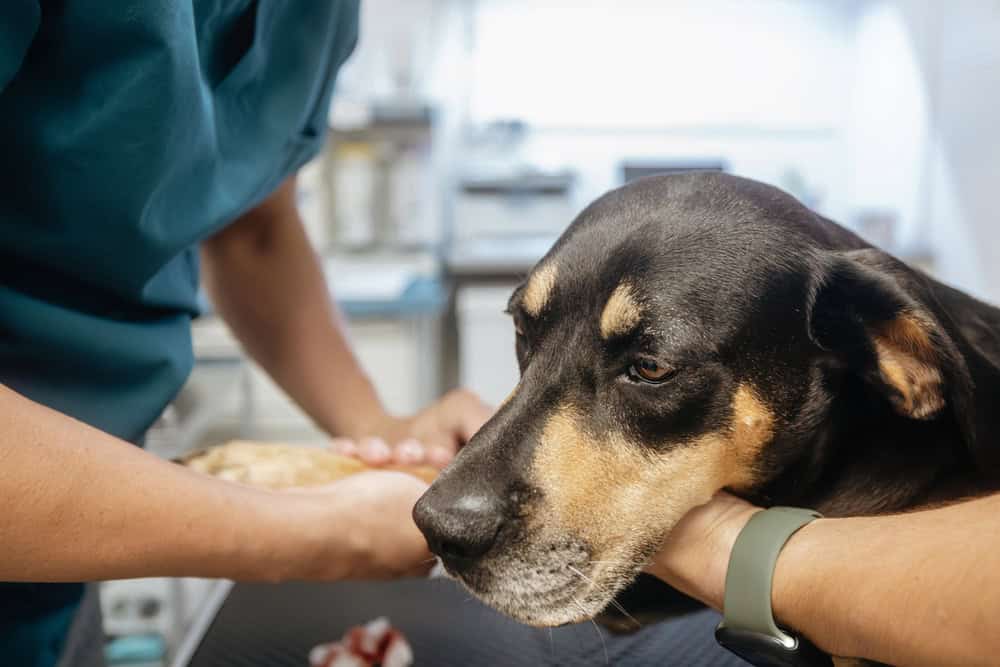
Dogs are more susceptible to heatstroke than humans due to their inability to sweat. High temperatures and humidity can quickly lead to overheating. Symptoms include excessive panting, drooling, and lethargy. To prevent heatstroke, ensure your dog has access to fresh water and shade, avoid walking during peak sun hours, and never leave them in a parked car.
Cold Weather and Hypothermia

As temperatures drop, the risk of hypothermia increases, especially for dogs with thin coats or elderly dogs. Shivering, lethargy, and pale gums are signs of hypothermia. To protect your dog, consider using dog jackets, limiting time outdoors, and ensuring they have a warm place to rest indoors.
Arthritis Flare-Ups in Winter

Cold weather can exacerbate arthritis in dogs, leading to increased pain and reduced mobility. Symptoms of arthritis include stiffness, limping, and difficulty climbing stairs. Providing a soft, warm bed and consulting your vet for pain management options can help alleviate discomfort during the colder months.
Skin Dryness in Cold Weather
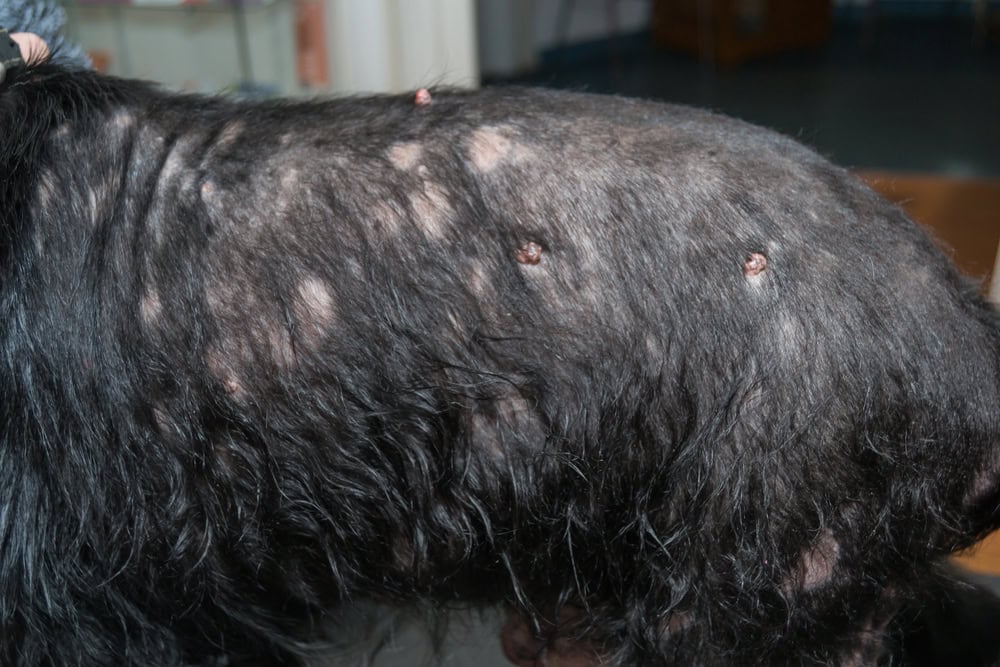
The winter months often bring dry air, which can lead to itchy, flaky skin in dogs. Regular grooming with moisturizing shampoo and using a humidifier in your home can help maintain your dog’s skin health. Ensuring your dog has a balanced diet rich in omega-3 fatty acids also supports skin health.
Dehydration in Summer
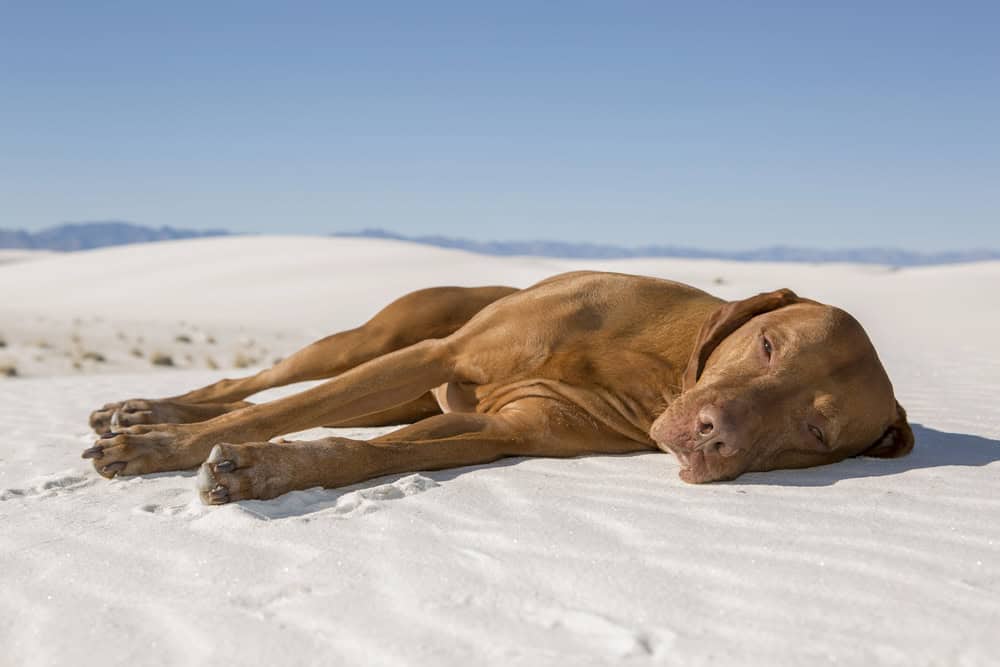
With increased temperatures, dogs are at higher risk for dehydration during summer. Symptoms include excessive panting, dry gums, and lethargy. Always provide access to fresh water, and consider portable water bowls for outings. Monitoring their water intake is crucial to prevent dehydration.
Ice-Melting Chemicals Hazards
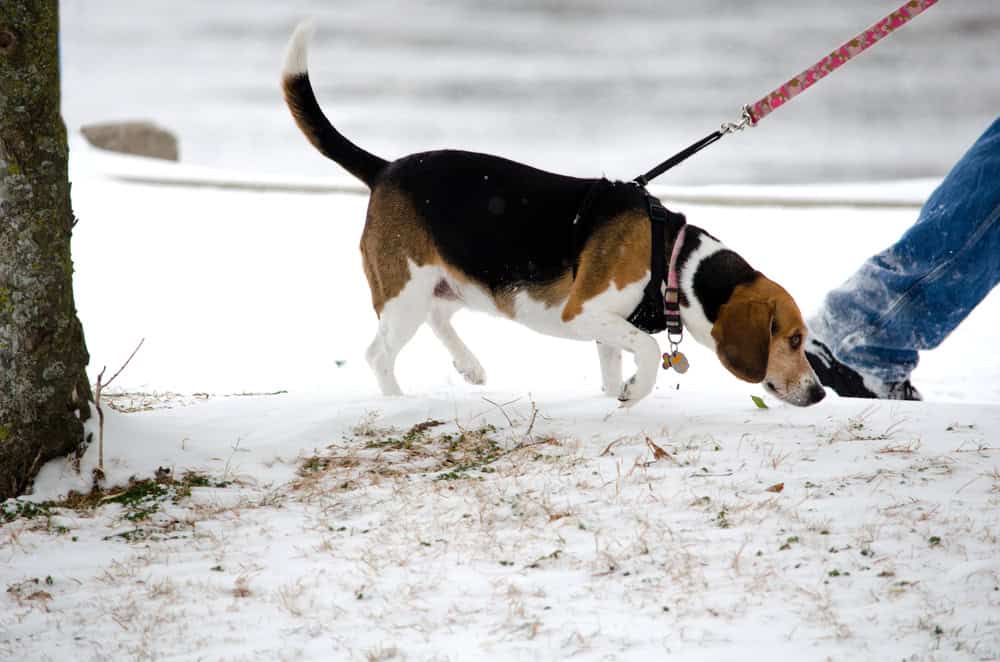
During winter, sidewalks and roads are often treated with de-icing chemicals, which can irritate a dog’s paws and, if ingested, lead to gastrointestinal distress. Rinsing your dog’s paws after walks and using pet-friendly de-icing products can minimize the risks.
Respiratory Issues in Cold Weather

The cold air can cause respiratory issues, particularly in dog breeds with short noses (brachycephalic breeds). These dogs may struggle more with breathing in cold weather. Reducing exposure to extreme cold and using protective clothing can help mitigate these issues.
Weight Gain During Winter
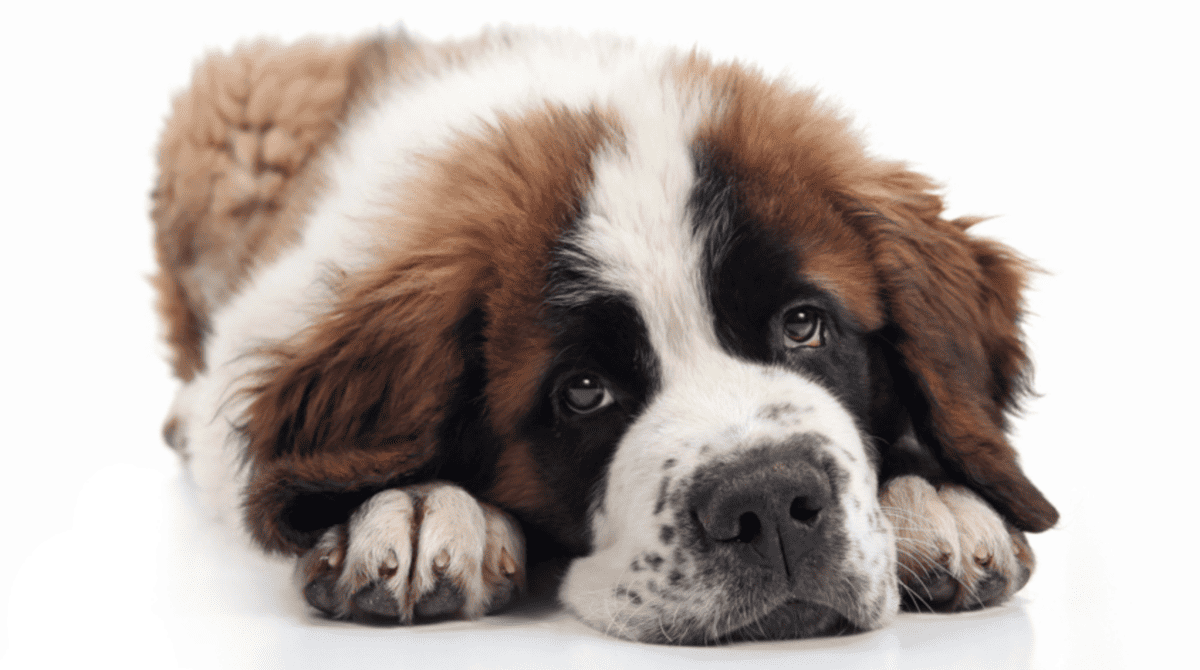
Reduced physical activity during the colder months can lead to weight gain, increasing the risk of obesity-related health issues. Maintaining a regular exercise routine indoors and monitoring your dog’s diet can help keep their weight in check.
Mud Fever During Rainy Seasons

Mud fever, although more common in horses, can also affect dogs, especially during wet seasons. It’s a bacterial infection that occurs due to prolonged exposure to muddy and wet conditions, often affecting paws and tails. Regular cleaning and drying of affected areas is key in prevention.
Seasonal Affective Disorder (SAD)

Like humans, dogs can also experience Seasonal Affective Disorder due to decreased sunlight in winter, leading to lethargy and mood changes. Keeping a routine and ensuring they get plenty of exercise and exposure to natural light can help manage these symptoms.
Paw Pad Injuries

Extreme temperatures, whether hot or cold, can lead to paw pad injuries. Hot pavement in summer or crusty snow in winter can cause burns and cracks. Regular inspection and applying paw balm can help protect your dog’s pads.
Water Intoxication in Warm Weather
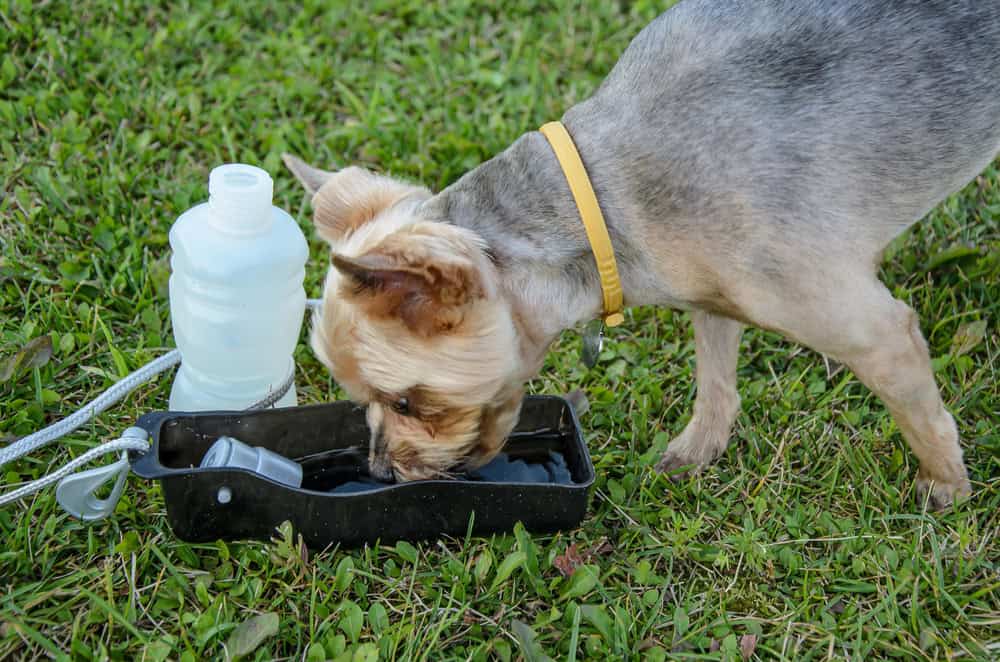
While rare, water intoxication can occur when dogs ingest too much water during play, particularly in summer. Symptoms include lethargy, nausea, and bloating. Monitoring your dog’s water intake during play sessions in pools or lakes is critical to avoid this dangerous condition.
Pollen During Warm Seasons

Pollen counts are higher during certain times of the year, which can lead to respiratory problems in sensitive dogs. Regularly cleaning your dog and keeping windows closed when pollen counts are high can reduce exposure to this allergen.
In conclusion, awareness of the health challenges your dog may face with season changes enables you to proactively manage and mitigate risks. Whether it’s summer’s heat, winter’s chill, or springtime allergies, preparedness and vigilance can ensure your furry companion stays comfortable and safe all year round. Always consult with your veterinarian to address specific concerns and tailor care to your pet’s individual needs.
- The Only Mammal That Can Breathe Through Its Skin - August 19, 2025
- How to Win Over Judges in Dressage Competitions - August 19, 2025
- Is There Hope for the Critically Endangered Amur Leopard? - August 19, 2025

